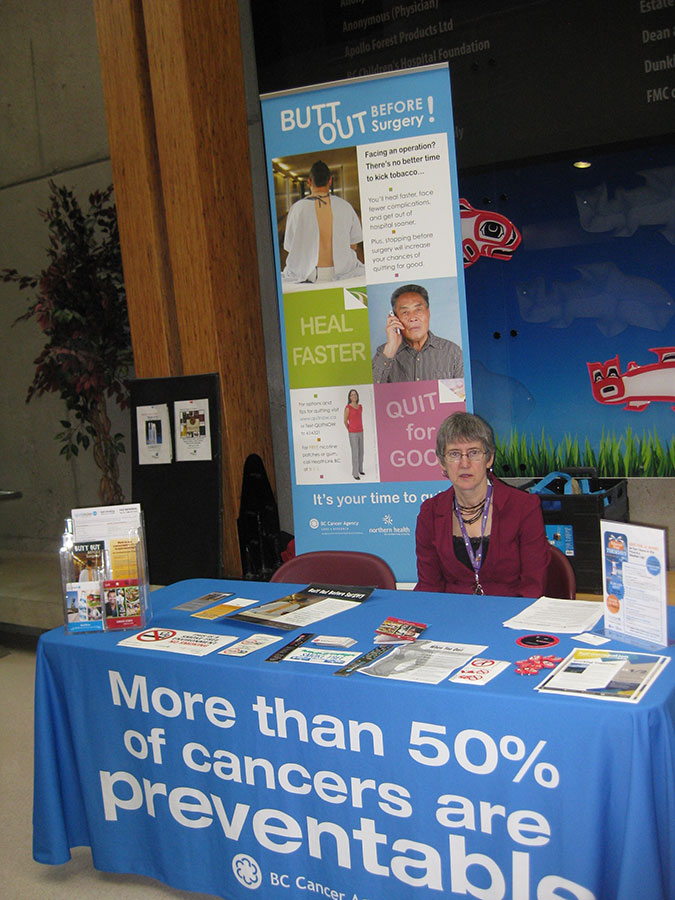Know the Context
Understanding the Environment and Stakeholders
It is essential to assess the surrounding conditions before commencing a project. This step is the foundation of project planning.
![]()
Context and Relevance
A good engineer will only construct a bridge on safe ground and with proper permits. Similarly, any team will need to understand the detailed contours and landscape of the work.
Stories and Sharing
It’s worthwhile getting your ducks in a row, working on your budget, your strategic plan, your feasibility study, whatever it is that you need to make the project tangible. But you might not have the catalyst, half million dollar funding or the agency on board to help make it happen. I’ve been in non-profits long enough to know that if you can hold the vision and keep lining your ducks up, when that catalyst or that convener comes, you’ll be ready to launch.
Many aspects of the environment such as physical setting, community history, cultural factors and political climate, cannot be controlled; however, these contextual factors influence the success of health promotion collaborations.
In order to maximize the potential for success, consider the following:
Stories and Sharing
We called this the Harmonization Project because of the three initial partners, but we all knew there were more partners needed than had been talked about early on. I think that for any kind of collaboration model in the future, a great exercise would be to brainstorm or mind map all the players, the stakeholders that we all know, that would have a vested interest in the project.

Engage and adapt to the environment
Once the relevant contextual factors are clear, consider the following strategies in order to help address environmental constraints:
Re-evaluate the team
In order to plan and implement projects effectively, partners need to engage relevant stakeholders. Ensure the existing team has capacity to address the environmental challenges, has legitimacy in the stated context, and is capable of negotiating the policy and political landscape. Identify new or additional partners if necessary. Strategies for addressing partner and stakeholder understanding of the context and issues could include sharing relevant background information at meetings or offering training to build member capacity.
Leverage champions
Champions are individuals that support leadership by spearheading efforts of the group. Utilize the social and political capital of project champions. If champions are not currently in place, seek to recruit them. Champions can be instrumental in garnering local support.
Engage the target population
Getting the input of the program end-users can help ensure the project will meet the needs of those it is intended to serve. One method of engaging the target population is by fostering connections with community-based stakeholders. Using a common language and understanding how the members of the target population communicate (e.g., where, when, and how they receive information) can help facilitate engagement.
Communication
Know your partners and stakeholders and determine who needs to receive what information, in what format, and with what frequency. Agreement on a communication strategy for messages being conveyed publically is worthy of consideration.
Useful Tools
Communication Planning
- The Ontario Council of Agencies Serving Immigrants has a number of communications resources, including a strategic communication planning document created by the Institute for Media, Policy and Civil Society for the Centre for Community Organizations. This document has excellent communications guidelines, and features in its appendices “How to facilitate a creative brainstorm” and an “audience profiling” table. For a list of communications resources go to:
http://www.orgwise.ca/resources?keys=&term_node_tid_depth=46
Living Lab: Sharing Our Experience
Initially the Harmonization Project team needed to engage individuals working in acute care where the Stop Smoking Before Surgery initiative could naturally be situated. One team member recalled the difficulty navigating this environment:
Working within the hospital environment proved to be more challenging than we anticipated. There were changes and new management and they weren’t familiar with us and staff are very busy. We were navigating all these things as we went along and we wanted to work with them rather than impose our ideas. Face-to-face visits with key personnel allowed us to build connections, foster the necessary relationships, and ultimately make positive changes in the way tobacco is addressed as a standard of care.
Making sure the end-users, whether they are patients, community groups, or schools, are on board from the beginning will go a long way to ensuring success of a program. This will be easier if teams have a strong understanding of the context and end-users, they go through the right channels, and program benefits to end-users are clearly communicated.
The Stop Smoking Before Surgery program generated support from health care providers in helping patients to ‘butt out’ before surgery.


